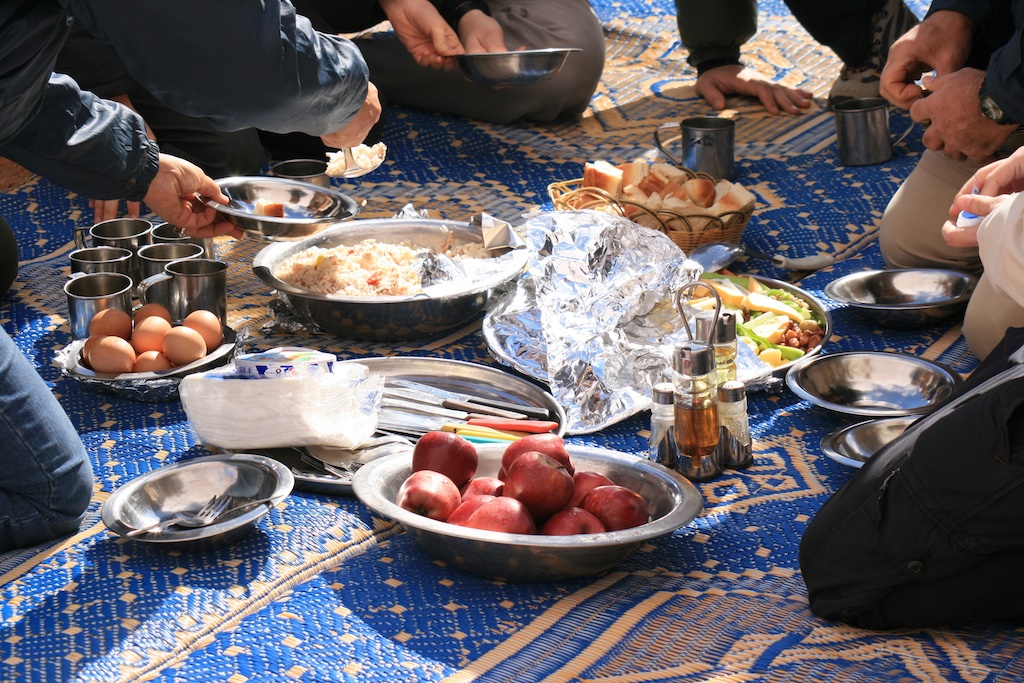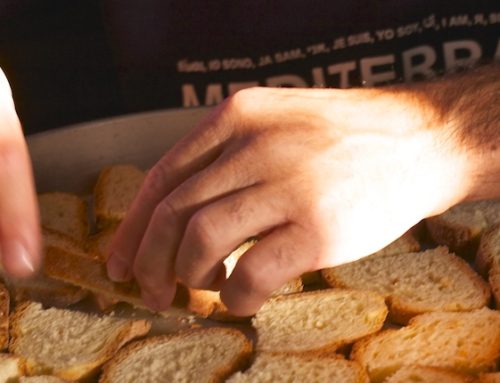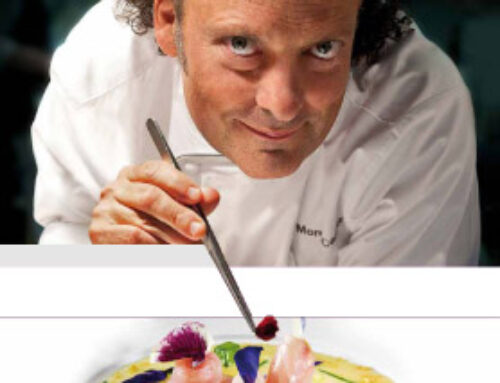 And he thereon, belabouring his pumpkin: “The flatteries have submerged me here below, wherewith my tongue was never surfeited” (Hell, XVIII v. 124)
And he thereon, belabouring his pumpkin: “The flatteries have submerged me here below, wherewith my tongue was never surfeited” (Hell, XVIII v. 124)
If in these days you go around in the markets, you see it anywhere, on the stand. Between the apples and the clusters of grape, triumphant in its exaggerated dimensions, often from the ringing orange color, its round form, slightly squeezed to the poles, attracts the look and the attention. And you go back to the past. You come back being a child and the imagination begins to make somersaults … and you still skim through the book of the fables!
The fairy godmother told Cinderella: “Don’t worry. Go in the garden and get me a pumpkin!”. Endowed with the power of the vision, the fairy touched the pumpkin with the magic wand, turning it into carriage. It is a fruit that often applies in the traditions and in the fables of all the people, because it has a symbolic connotation, for the opulent aspect of its form, for the twisted of the foliage, almost to represent, as in a metaphor, the man and the woman, in the center of the life, so labyrinthine and explosive in its daily growth, to reminde the birth and the developing of a pumpkin in the garden.
Its image has value of rebirth, recognized, since the antiquity, in West as in the East. In Greece, in the city of Sicione, in the gulf of Korynth, the goddess Athena was beloved with the donation of some pumpkins, called Kolokatia Athenai (Athena’s pumpkins). The goddess, in the representations, it held among the hands a small pumpkin. Round and florid as the Moon, symbol of fertility and abundance.
It matures in autumn, marking therefore the temporal passage between the summer season and that winter. It separates the seasons. Its seeds, those that once open, shine like many small teeth, they are therefore the sign of the rebirth that will happen. The reference to the Moon and the influences that it practices on the man and on the cycle of the cultivations is evident, and fascinating is the bond among the pumpkin, round fruit abandoned in the garden and the earth, that it welcomes it and grows it.
You use it in all the cooking preparations: from the classical stuffing for the tortellis, to the sweets, passing for the cookings in oven or in saucepan. The unique taste of the pumpkin and its color, so warm and generous, make the dishes with it particularly appetizing. Sicily, where the Mediterranean spirit enters with overbearance and melts with the tastes of the earth, it gives us a delicious recipe to prepare the pumpkin in simple, but tasty way. A classical dish of the traditional Sicilian style: the cucuzza in agruduci (pumpkin in bittersweet). The true name of this recipe is ficatu ru sette cannoli (liver of the seven faucets) from the number of the welding torches of the fountain of Garraffello alla Vucciria square in Palermo, where the itinerant shop-keeper invited with a loud voice to buy this delicious dish.
They called it ficatu (liver), because at that time, the meat was reserved to the tables of the noble and the people reinvented the food using the products of the garden. It is a dish to be served cold or only slightly warmed up, to taste in company, with a glass of Nero d’Avola or a white wine of Alcamo.
Ficatu ru sette cannoli ingredients: 550 grs of pumpkin, 2 cloves of garlic, fresh mint, vinegar, extravergine oil and salt. Cut the clean pumpkin in wide tall slices around 2 cms, salt it and set to drain it for thirty minutes. Fry it therefore in the oil, leaving it very underdone, then prepare it in a dish, with the tall edges, some overlapped. Then prepare a bittersweet sauce with the garlic poached sauteed, the mint, 2 spoons of oil, half vinegar glass and 2 teaspoons of sugar. Put the sauce on the slices of pumpkin and leave it for a few hours.





Leave A Comment